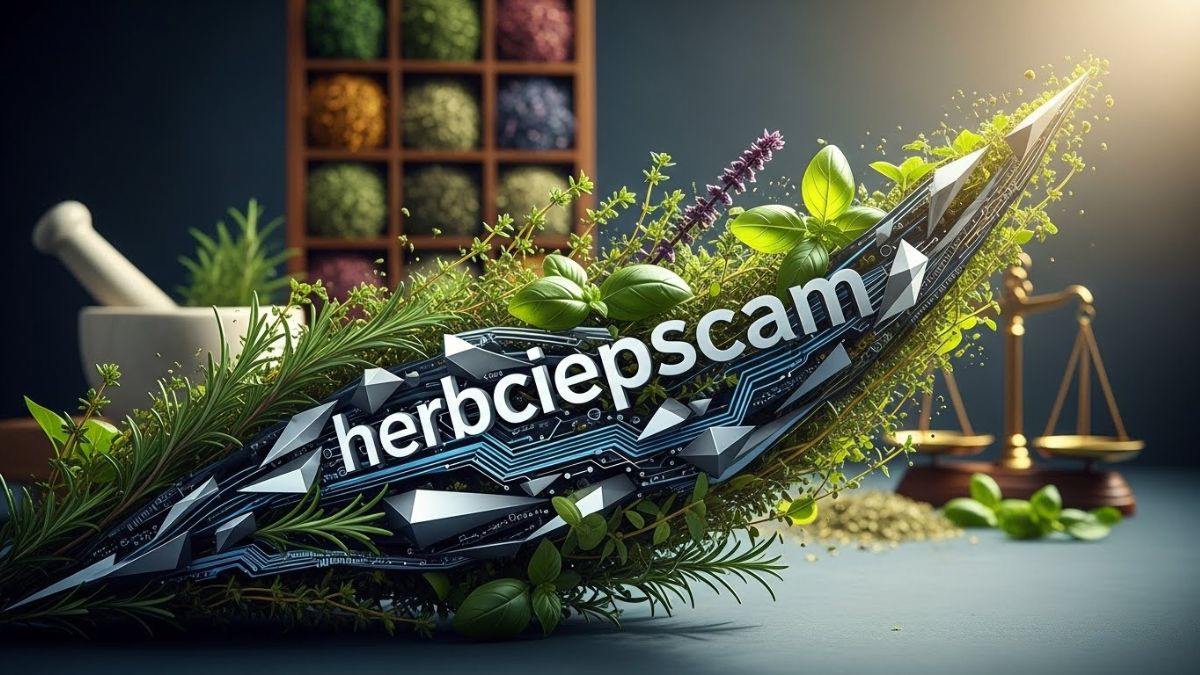Mülchen, the German term for mulching, refers to covering the soil with organic or inorganic materials to improve its fertility, structure, and moisture retention. This simple gardening technique plays a major role in enhancing plant health, controlling weeds, and minimizing erosion.
Why Mülchen is Crucial for Modern Gardening
With increasing concerns about sustainability, mülchen has become more than just a gardening trend. It’s an eco-friendly method that reduces water use, minimizes chemical inputs, and creates a more balanced soil ecosystem. Whether you’re managing a vegetable patch or a landscaped garden, mulching offers both aesthetic and functional benefits.
Types of Mülchen Materials
Gardeners can choose from a wide variety of mulching materials depending on their needs. Organic options include straw, bark chips, grass clippings, shredded leaves, and compost. Inorganic mulches, like landscape fabric, gravel, and plastic sheeting, are better for long-term use and weed control.
Organic Mulch: Natural and Nutrient-Rich
Organic mulches decompose over time, enriching the soil with vital nutrients. They create a habitat for beneficial organisms like earthworms and fungi that improve soil structure. Plus, the breakdown of these materials naturally enhances soil fertility without synthetic fertilizers.
Inorganic Mulch: Long-Lasting Protection
Inorganic mulches don’t break down, making them ideal for permanent garden installations. Stones and gravel are commonly used in decorative beds, while landscape fabric is often applied in vegetable gardens to block out weeds and retain soil warmth.
Improved Soil Moisture with Mülchen
Mulching helps trap moisture in the soil by reducing evaporation. This is particularly beneficial in dry climates or during hot summers. Watering needs are significantly lowered, which saves time, money, and resources.
Weed Suppression Made Easy
One of the most appreciated benefits of mülchen is its ability to prevent weed growth. A thick layer of mulch blocks sunlight from reaching weed seeds, reducing the need for frequent weeding and the use of herbicides.
Soil Temperature Regulation
Mulching acts like a thermal blanket for your garden. In summer, it keeps the soil cooler, while in winter, it provides insulation against the cold. This temperature moderation creates a more stable environment for root growth and microbial activity.
Erosion and Compaction Prevention
When rain hits bare soil, it can lead to erosion and compaction. Mülchen shields the soil from the direct impact of raindrops, reducing runoff and keeping the soil loose and aerated for root penetration and nutrient absorption.
Enhanced Soil Structure and Fertility
As organic mulch decomposes, it boosts the humus content of the soil, improving texture and nutrient-holding capacity. Even in heavy clay or sandy soils, mulching can gradually transform poor conditions into healthy, productive earth.
Pest Control Through Smart Mulching
Certain mulch materials, like cedar or pine bark, contain natural oils that repel insects. Additionally, keeping fruits and vegetables off bare soil with mulch can reduce rot and fungal diseases, contributing to healthier crops.
Boosting Aesthetic Appeal
Beyond its practical uses, mülchen also improves the visual appeal of gardens. It creates clean, uniform garden beds and paths, enhancing the contrast between plants and soil for a polished, professional look.
Composting and Mülchen: A Perfect Match
Combining composting with mulching maximizes soil benefits. A layer of compost under or mixed into mulch can deliver slow-release nutrients directly to plant roots, accelerating growth and reducing the need for fertilizers.
Environmental Impact of Mülchen
Mulching aligns with sustainable gardening by reducing chemical inputs, saving water, and recycling organic waste. Gardeners who mulch contribute to a greener planet while improving their soil’s health and productivity.
Common Mistakes to Avoid
While beneficial, improper mulching can cause issues. Applying too much mulch can suffocate plants or promote root rot. Using non-composted manure or diseased plant materials can introduce pests and pathogens into your garden.
Best Practices for Effective Mülchen
The ideal mulch layer should be 5–10 cm thick. Keep mulch a few centimeters away from plant stems to prevent rot. Refresh organic mulch annually and monitor soil moisture to avoid overwatering.
Timing Your Mülchen Efforts
Early spring and late fall are prime times for mulching. Spring mulching warms the soil and retains moisture before the summer heat, while fall mulching protects roots and enriches the soil during winter dormancy.
Mülchen in Vegetable Gardens
In edible gardens, mulch supports healthy harvests by regulating soil temperature, conserving moisture, and suppressing weeds. Organic options like straw or shredded leaves are preferred to avoid synthetic contamination.
Mülchen in Flower Beds
Flower beds benefit from decorative mulch like bark chips or cocoa hulls. Besides reducing weeds and moisture loss, they enhance garden beauty with rich textures and natural hues.
Mülchen for Tree and Shrub Health
Trees and shrubs thrive with mulch circles that preserve moisture, insulate roots, and keep lawn equipment away from trunks. Just remember to keep the mulch from piling against the bark to prevent disease.
Conclusion
Mülchen is a simple yet powerful gardening technique that conserves water, suppresses weeds, enhances soil fertility, and promotes sustainable, effective, and beautiful landscapes through proper mulch application.
FAQs
How thick should a layer of mulch be?
A 5–10 cm layer is usually ideal for most garden applications.
Can I use fresh grass clippings as mulch?
Yes, but let them dry first to avoid matting and odor.
Is mulch safe for pets?
Most organic mulches are safe, but cocoa mulch can be toxic to dogs.
How often should I replace mulch?
Organic mulch should be replenished once or twice a year depending on decomposition.
Can mulching reduce the need for fertilizers?
Yes, especially organic mulch, as it slowly releases nutrients into the soil.











